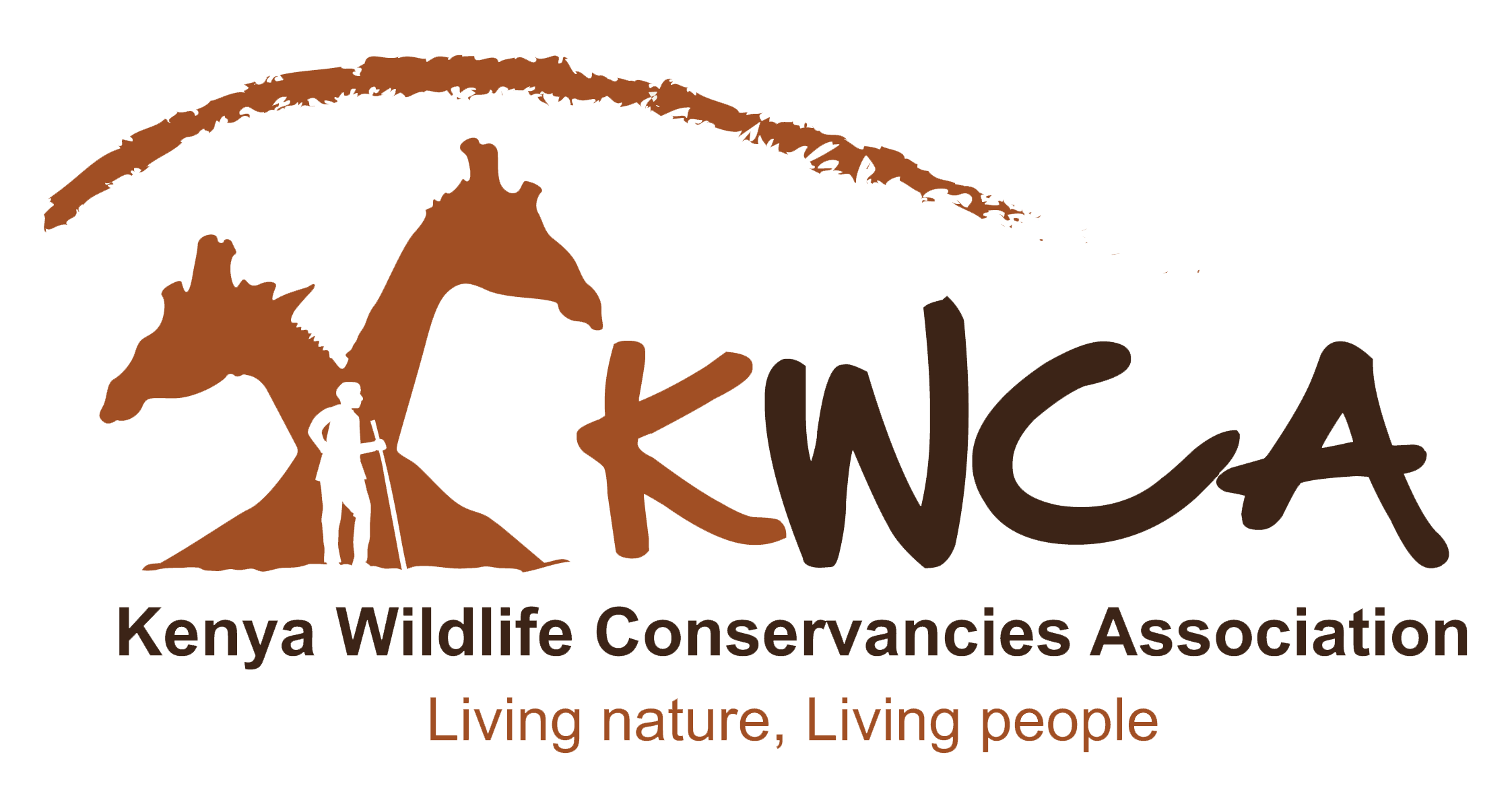Community Engagement
Purpose: To encourage Community support for conservation and participation in decision making; to ensure equitable sharing of benefits and improve Community access to services such as health, water and education, supplementing government services.
Community engagement includes investment in Community development, as well as communication by the Conservancy to their own, or neighboring, Communities. Creating tangible benefits from conservation to Communities is critical to leverage support for conservation and to change attitudes and behavior of Communities towards wildlife.
Ensuring the profile of the Conservancy is visible (e.g. through use of logo) in any projects supported by the Conservancy is critical to effectively leveraging support for conservation.
Many Private Conservancies invest in livelihood improvement projects for their neighbouring Communities through e.g., support to education and training, healthcare, domestic water supply, farm improvements, or access to grazing. Funds to support these projects are generated from tourism and donations. Similarly,
Community and Group Conservancies invest in the development of their own Communities or members. The way in which projects are chosen should be through a transparent and equitable process and led by the Community themselves, thereby ensuring the Conservancy invests in development priorities identified by the Community, not imposed by the Conservancy or an external partner.
In Community and Group Conservancies it is essential that there is good accountability of funds used for Community development; often there will be a separate bank account managed by the Conservancy specifically for this. A Benefit Distribution Plan should be drawn up at the inception of the Conservancy to outline the way in which projects and beneficiaries are chosen and how funds will be administered. Projects and individuals supported by the Conservancy should be declared at the AGM and displayed in public areas (such as the Chief’s office and Conservancy Office) showing names of beneficiaries/projects and amount awarded. Poor governance of funds earmarked for Community projects will erode trust and ultimately undermine Community support for the Conservancy and conservation as a whole.
Other areas of Community engagement are more broadly captured as awareness of the Conservancy itself as well as conservation. It is important that Community and Group Conservancies’ Management proactively engage with their Communities through regular Community meetings and training to ensure members are well aware of Conservancy activities and any issues arising. This also provides an opportunity for Community members to feedback their concerns to the Conservancy Management. Good communication with members is usually a feature of a successful Conservancy.

